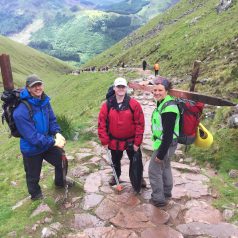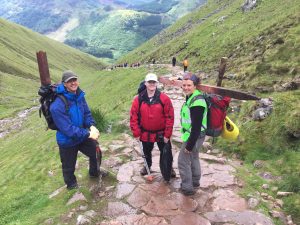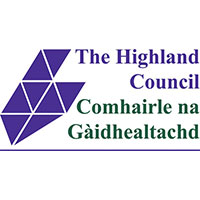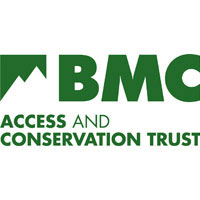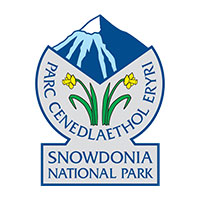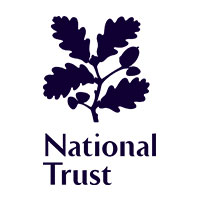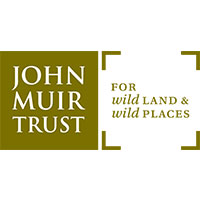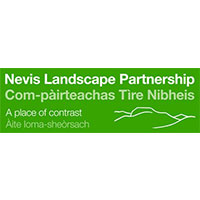Alpine wildflower recce on the North Face of Ben Nevis
Standing looking up from the CIC hunt situated below the north face of Ben Nevis with its eternal snow patches and towering alpine cliffs it is hard to believe that anything would call this deadly environment their home. To most this mountain may seem alien and uninhabitable but believe it or not Ben Nevis is bursting with life! For those daring enough to venture, the north face can offer some very unique biodiversity which is rarely seen elsewhere in the UK.
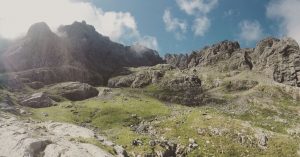
The North Face of Ben Nevis from the CIC hut.
Over the last three summers the “North Face Survey” project run by The Nevis Landscape Partnership and Scottish Natural Heritage aimed to study this rare biodiversity. Bringing botanists, geologists and mountain guides together, the survey managed to access areas of the mountain never before explored by the trained eye of experts. It goes without saying the project was a huge success with many rare alpine species identified throughout the ragged cliffs and surprisingly green gullies.
Sadly this summer there was no survey and with a year gone by since the project finished, myself and Nevis property managed, Alison, decided it was important to revisit some of the sights to check on the progress of these secluded plant communities.
It was one of those rare Scottish summer days, with a warm light breeze and sunshine. From the car park we approached the CIC Hunt – An alpine hut situated within the corrie below the North Face of Ben Nevis. Here we had a bite to eat and pondered our route. We decided to venture onto Ledge Route, a simple but still very adventurous day on the mountain.
Setting off from the CIC hut we picked our way through the small rock bands and scree slopes searching for plant life along the way. Parsley Fern and Mountain Thyme were resilient within this ever mobile area of mountain side.
Having reached the grassy bank of Ledge route we were starting to find many of the more rarely sighted alpine species. Within No. 5 Gully Starry saxifrage and Alpine Speedwell were making an appearance. Hare’s-foot Sedge, a species that is at home in Svalbard, also was found. Moving our way onto the scramble section we were finding Starwort and Arctic Mouse-ear, both of which seemed comfortable considering the location they inhabit.
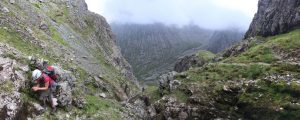
Alison scouting the plant line in No.5 Gully
Although the day was warm and sunny, having experienced Ben Nevis during periods of intense winter conditions and remembering how cold it can be, I found it hard to believe that these little, seemingly delicate, wildflowers call this environment their home.
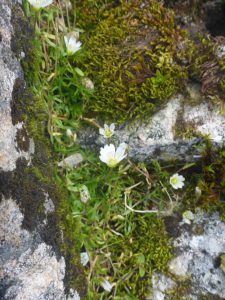
Arctic Mouse-ear
After the short scramble we topped out onto Carn Dearg – A north eastern peak the Ben Nevis. From here we hand railed the cliff edge where we came across a friend and local mountain guide, Mike Pescod. Mike was part of the team during the North Face Survey and has developed a keen eye for rare alpine species. He reported to us that during his day with clients he stumbled across Highland and Alpine Saxifrage around No.4 Gully, both of which are very scarce!
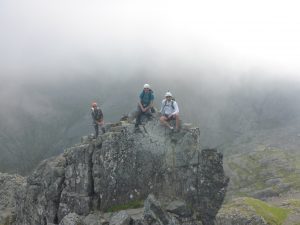
Mike Pescod with his clients making their way down Ledge Route
Having topped out, we ended our day by joining our route up with the main mountain path and litter picked our way down the mountain. With Ben Nevis usually shrouded in cloud and pelting rain, our day in the sun was a perfect remind why we do this type of work for a living.
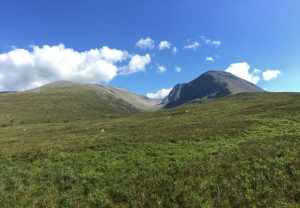
Ben Nevis in the rare sunshine.

